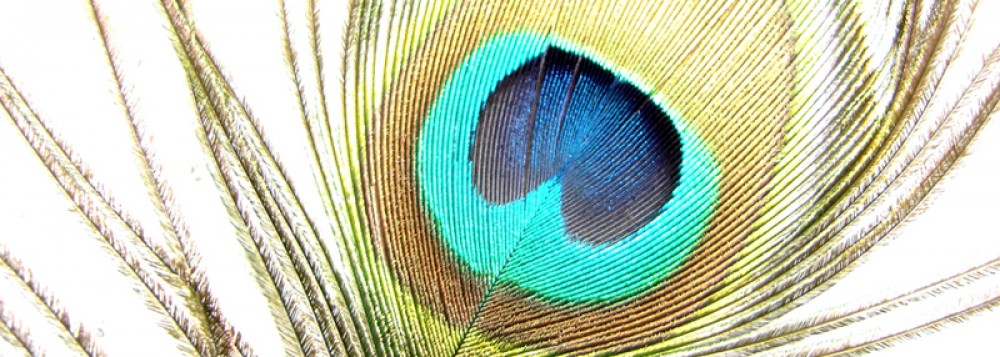Sports
Cricket was introduced to India by the British. Now it is the country’s most popular sport.
The annual Snake boat race is performed during Onam Celebrations on the Pamba River at Aranmula near Pathanamthitta.
In 2011, India hosted its first Formula One Grand Prix event.
Yoga originated in India. Patañjali, in India’s ancient books, suggests yoga’s goal is to help one focus, reflect upon, know and express one’s highest self. India’s cultural journey with yoga is now popular in many parts of the world.
Main article: Sports in India
Field hockey is the official national sport in India. At a time when it was especially popular, the India national field hockey team won the 1975 Men’s Hockey World Cup, and 8 gold, 1 silver, and 2 bronze medals at the Olympic Games. However, field hockey in India no longer has the following that it once did.
Cricket is considered the most popular sport in India.[120] The India national cricket team won the 1983 Cricket World Cup, the 2011 Cricket World Cup, the 2007 ICC World Twenty20, the 2013 ICC Champions Trophy and shared the 2002 ICC Champions Trophy with Sri Lanka. Domestic competitions include the Ranji Trophy, the Duleep Trophy, the Deodhar Trophy, the Irani Trophy and the Challenger Series. In addition, BCCI conducts the Indian Premier League, a Twenty20 competition.
A large number of football is played in the Indian state of Poschim Bongo. The city of Kolkata is the home to the largest stadium in India, and the second largest stadium in the world by capacity, Salt Lake Stadium. The city of joy is a centre of football activity in India and is home to top national clubs such as Mohun Bagan A.C., Kingfisher East Bengal F.C., Prayag United S.C., and the Mohammedan Sporting Club.
Chess is commonly believed to have originated in northwestern India during the Gupta empire, where its early form in the 6th century was known as chaturanga. Other games which originated in India and continue to remain popular in wide parts of northern India include Kabaddi, Gilli-danda, and Kho kho. Traditional southern Indian games include Snake boat race and Kuttiyum kolum.
In 2011, India inaugurated a privately built Buddh International Circuit, its first motor racing circuit. The 5.14-kilometre circuit is in Greater Noida, Uttar Pradesh, near Delhi. The first Formula One Indian Grand Prix event was hosted here in October 2011.
Indian martial arts
Main article: Indian martial arts
Kalarippayattu, one of the oldest and most prominent forms of Indian martial arts.
One of the best known forms of ancient Indian martial arts is the Kalarippayattu from Kerala. This ancient fighting style originated in southern India in the 12th century BCE and is regarded as one of the oldest surviving martial arts. In this form martial arts, various stages of physical training include ayurvedic massage with sesame oil to impart suppleness to the body (uzichil); a series of sharp body movements so as to gain control over various parts of the body (miapayattu); and, complex sword fighting techniques (paliyankam).[citation needed] Silambam, which was developed around 200 AD, traces its roots to the Sangam period in southern India.[130] Silambam is unique among Indian martial arts because it uses complex footwork techniques (kaaladi), including a variety of spinning styles. A bamboo staff is used as the main weapon.[130] The ancient Tamil Sangam literature mentions that between 400 BCE and 600 CE, soldiers from southern India received special martial arts training which revolved primarily around the use of spear (vel), sword (val) and shield (kedaham).[131]
Paika akhada is martial arts of East India. Paika akhada or paika akhara is an Oriya term which roughly translates as “warrior gymnasium” or “warrior school”.[132] In former times they served as the training schools of the peasant militia in Odisha, eastern India. Today’s paika akhada are used for practicing the traditional physical exercises and martial arts in addition to the paika dance, a performance art with rhythmic movements and weapons being hit in time to the drum. It incorporates acrobatic maneuvres and use of the khanda (straight sword), patta (guantlet-sword), sticks, and other weapons.
In northern India, the musti yuddha evolved in 1100 AD and focussed on mental, physical and spiritual training. In addition, the Dhanur Veda tradition was an influential fighting arts style which considered the bow and the arrow to be the supreme weapons. The Dhanur Veda was first described in the 5th-century BCE Viṣṇu Purāṇa and is also mentioned in both of the major ancient Indian epics, the Rāmāyaṇa and Mahābhārata. A distinctive factor of Indian martial arts is the heavy emphasis laid on meditation (dhyāna) as a tool to remove fear, doubt and anxiety.
Indian martial arts techniques have had a profound impact on other martial arts styles across Asia. The 3rd-century BCE Yoga Sutras of Patanjali taught how to meditate single-mindedly on points located inside one’s body, which was later used in martial arts, while various mudra finger movements were taught in Yogacara Buddhism. These elements of yoga, as well as finger movements in the nata dances, were later incorporated into various martial arts. According to some historical accounts, Indian Buddhist monk Bodhidharma was one of the main founders of the Shaolin Kungfu
